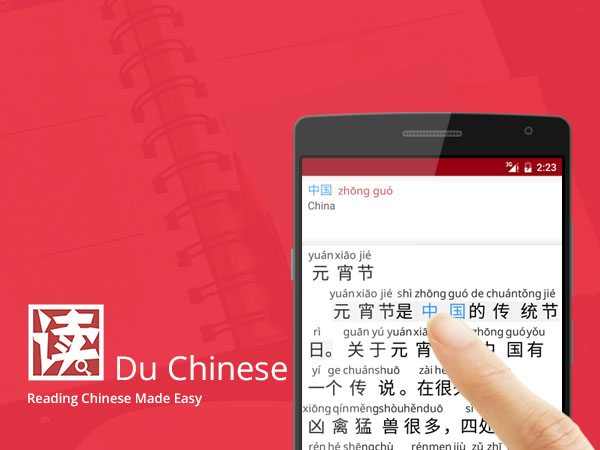How to Ask Questions in Chinese with 呢 (ne), 吧 (ba), and 吗 (ma)
When you’re learning a new language, one of the first things that you need to learn to do is to ask questions. Asking questions in about anything is one of the best ways to learn, and if you’re learning something new you are definitely going to have a lot of questions! In Chinese there are question particles that you use to form your questions. Three of the most important question particles in Mandarin are 呢 (ne), 吧 (ba), and 吗 (ma).
呢 (ne), 吧 (ba), and 吗 (ma) are used in similar ways. All are added to the end of a sentence to form questions. However, the situations in which each particle should be used are slightly different, and learning to use them appropriately is important. 呢 (ne) is used to turn a statement into a query, while 吗 (ma) is used to ask a yes-no question. 吧 (ba) is used as a tag question to ask for agreement or confirmation with what is being said. All of these can be very important when asking a question. Check out our lesson on How to Learn the “Ba” Structure.
Using 呢 (ne)
呢 (ne) often follows a noun or pronoun to form a question when the content of the question is already clear from the context. It can be used in questions related to a statement, or in a question responding to another question. It is used like the English phrases “how, how about, or what about.” It’s as simple as saying what you want to ask about, then sticking 呢 (ne) on the end.
Examples:
| Chinese | Pinyin | English |
| 你呢? | Nǐ ne? | And you? |
| 你妈妈是老师,你爸爸 呢? | Nǐ māmā shì lǎoshī, nǐ bàba ne? | Your mom is a teacher; what about your dad? |
| 我呢? | Wǒ ne? | What about me? |
| 你 妈妈 呢 ? | Nǐ māma ne? | Where’s your mom? |
As you can see, it’s very easy to query things in Chinese using 呢. Just say the thing you’d like to know about, and put 呢 right after it. This is very commonly used to ask ‘bounce-back questions’ in Chinese. This is when someone asks you a question, and you return the question to them after answering it. This is commonly done by simply asking “你呢?”. You’ll occasionally hear someone using 呢 (ne) seemingly out of the blue. When this happens, they’re usually asking where someone or something is, and they expect that you know what they’re talking about and know where that person or thing is. See the last example above.
Using 吧 (ba)
吧 (ba) is usually used after a statement that the speaker thinks is correct but would like to confirm. It can also be used to imply that the speaker expects the listener will agree. This is the equivalent of adding a tag question in English, or following a statement with “对吧 (duì ba)?…right?” or “好吧 (hǎoba)?…OK?”
Examples:
| Chinese | Pinyin | English |
| 对吧? | duì ba? | right? |
| 我们 一起 去 游泳 吧? | Wǒmen yìqǐ qù yóuyǒng ba? | Let’s go swimming together, OK? |
| 我们 六 点 去吧? | Wǒmen liù diǎn qù ba? | We’re going at 6 o’clock (right)? |
Using 吗 (ma)
When 吗 (ma) is added to the end of a declarative statement, that statement is turned into a question.
Examples:
| Chinese | Pinyin | English |
| 你饿吗? | Nǐ è ma? | Are you hungry? |
| 你看过这部电影吗? | Nǐ kànguò zhè bù diànyǐng ma? | Have you seen this film before? |
| 你要去上海吗? | Nǐ yào qù Shànghǎi ma? | Are you going to go to Shanghai? |
As you have seen from the above examples, 呢 (ne), 吧 (ba), and 吗 (ma) are similar in some ways but are definitely not used in the same way. 吧 (ne) is used for softening questions. 吗 (ma) is simply for turning statements into yes-no questions. 吧 (ba) is used as a tag question to ask for agreement or confirmation with what is being said. All can be thought of as a kind of spoken question mark.
For more Chinese practice, make sure to use our Du Chinese app!






